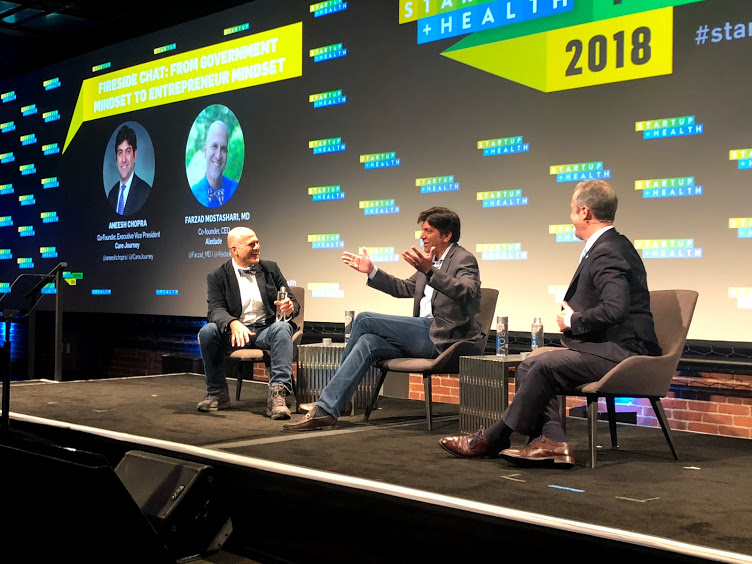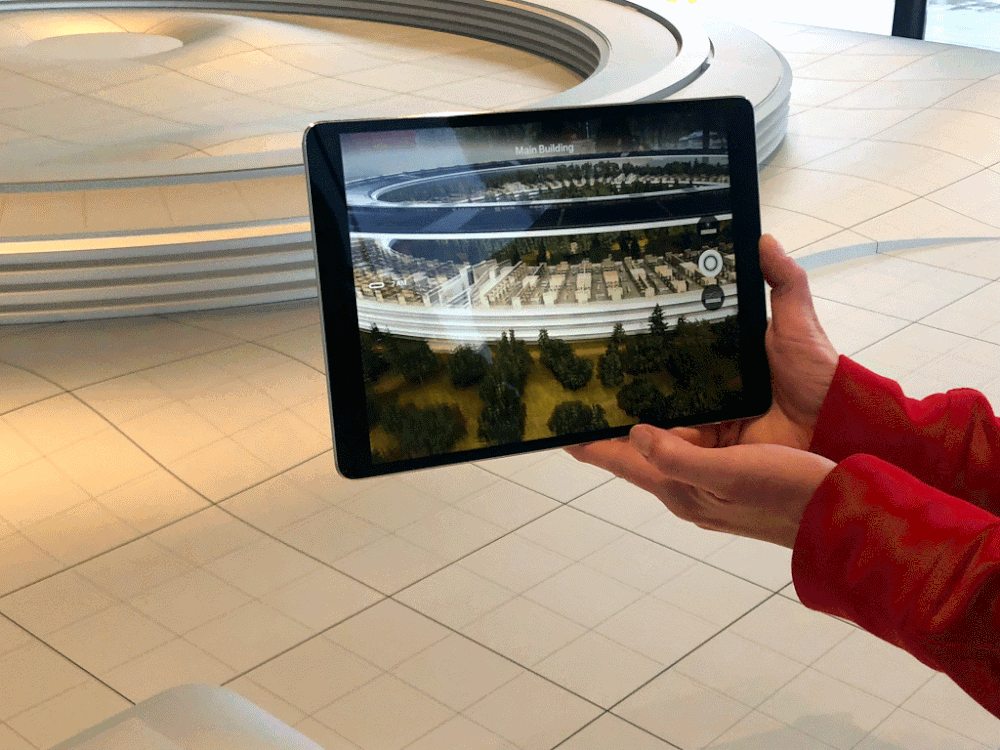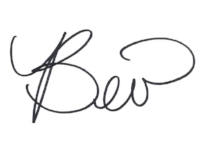Field notes from a Brigham Innovation Manager at JPM18
The business cards are sorted, the follow-up e-mails have been sent, and my Twitter thumb muscles are iced and recovered – that’s right, #JPM18 is over.
This year marks my second visit to the annual “Burning-Man-of-health-care” meetup phenomenon that takes place around the official J. P. Morgan Healthcare Conference in San Francisco. For biotech investors, industry and startups, the annual frenzy means packing in dozens of meetings to make pitches and close deals. For others, it’s a time to make splashy announcements about new partnerships and initiatives, and challenge themselves to an energetic scavenger hunt of passed hors d’oeuvres while playing health tech buzzword Bingo. For me, it was three days of thinking outside the health care box and building relationships, both old and new.
There are a thousand articles recapping health care trends, “startups to watch” and #overheard moments this week as we all head back to our offices. There are plenty of reporters and thought leaders more JPM-seasoned than I am, so I’ll leave that to the pros.
Instead, I’ll cover why I believe hospital innovation teams can benefit from attending.
Hospital innovation teams are a growing breed and come in many shapes and sizes. Some run startup accelerators and hackathons, others work closely with technology transfer offices for commercialization, and some partner with venture funds. All push the envelope on what the hospital industry is comfortable with, and no matter how progressive your institution, at times it can be an uphill battle. We all essentially play the role of digital health ambassadors: we know the customs and speak the native language to forge productive relationships.
As part of one of these teams, I debated the merits of making the trip this year. Last year I went in without expectations, and I met some great people and interesting startups. As a team, we were reorganizing our focus a bit, so it was helpful testing our new model and language to see how it would resonate with a broad health care audience. A couple startup introductions turned into longer conversations, still ongoing.

Before booking my trip, I surveyed a few colleagues at innovation teams outside Brigham and Women’s, and I got mixed answers: “We used to go, but we don’t anymore” / “We should probably be there, but we haven’t figured out whom to send yet” / etc. While the event makes a lot of sense for West Coasters and the traditional biotech audience, innovation teams seem to treat it as elective.
This year, in addition to attending the usual JPM health care circuit, and after digging a little deeper to reconnect with my personal and professional networks, I firmly believe it’s a worthwhile experience for three specific types of relationship development that help us stay sharp and optimistic, a requirement in this ever-changing (ever-challenged) world of health care innovation:
1. Every hospital innovation and venture group is worth meeting – they’re all going through the same challenges.
Our team is “lean” – six members strong, we rely on (in addition to continuously improving prioritization practices) a vast network of trusted advisors and “friendlies” to test half-baked ideas and increase our knowledge about the expanding universe of health care solutions and startups.
It’s true – not all teams have found value in attending JPM year after year, but the ones I did meet had much to share. At the very least, it helps to confirm that “it’s not just my team” experiencing the industry and organizational challenges we do, and at best I walk away with a nugget of advice and another thought partner I can call in the future. Also, I can point to more specific examples of where other hospital innovation teams are pushing different boundaries, from whom we should draw (cautious) inspiration.

2. You can’t throw a rock in SF without hitting a technology company – and we have a lot to learn from industries outside health care.
As Brigham and Women’s Hospital is an academic medical center and research powerhouse, our team is no stranger to the idea of technology transfer – for the first few years, our bread and butter was helping to take benchtop science to bedside applications, and napkin sketches to commercializable products and services.
With my background not being in health care, but rather software and product management, I’ve always had an interest in a different kind of tech transfer: the “backward-compatibility” of digital technologies, approaches and mindsets to the health care space. For example, how do consumer companies think about user (including employee) experience? How do you tap the true potential of mobile technology to make patients’ lives easier the way it does in every other domain? While chatbots are a ways off from automating front desk triage – and the answer to provider burnout is not installing a seltzer machine and patient exam tables made from reclaimed wood – talking to people at some of these consumer-focused companies helped give me fresh perspective: a great question to orient our thinking is, “How might we use technology to remove friction from people’s lives?”
3. Personal connections (unrelated to work) can re-energize and remind you why you go to work.

Finally, in the remaining time between Official Work Business meetings and after evening networking receptions, I reconnected with people from my personal life: people who have moved away from Boston, old friends from college, former colleagues from previous jobs – some with whom I hadn’t spoken in years. Approaching this trip from the lens of “seeking fresh perspective to apply to my work,” I was surprised and delighted to find how often worlds collide (a former coworker had been the client of a team I met earlier in the week; a college friend turned out to run a tech lab for a potential industry collaborator, and gave me a tour). In the process of catching up, we talked about everything from our passion projects to professional development advice and everything in between.
Last year, I left California feeling a bit overwhelmed and exhausted by my quest to collect information (and the red-eye flight, no doubt) – this year, in addition to bringing back some interesting new leads, the relationship focus left me feeling reinvigorated and excited about the year ahead. In the business of hospital innovation teams, it’s easy to get jaded by tech fads (see: buzzword Bingo) and discouraged by the sometimes-maddening pace of our industry. We should take advantage of the potential energy around JPM and use it to fuel movement for our teams and ourselves.
Written by:
Beverly Hardy
Innovation Strategy Manager


